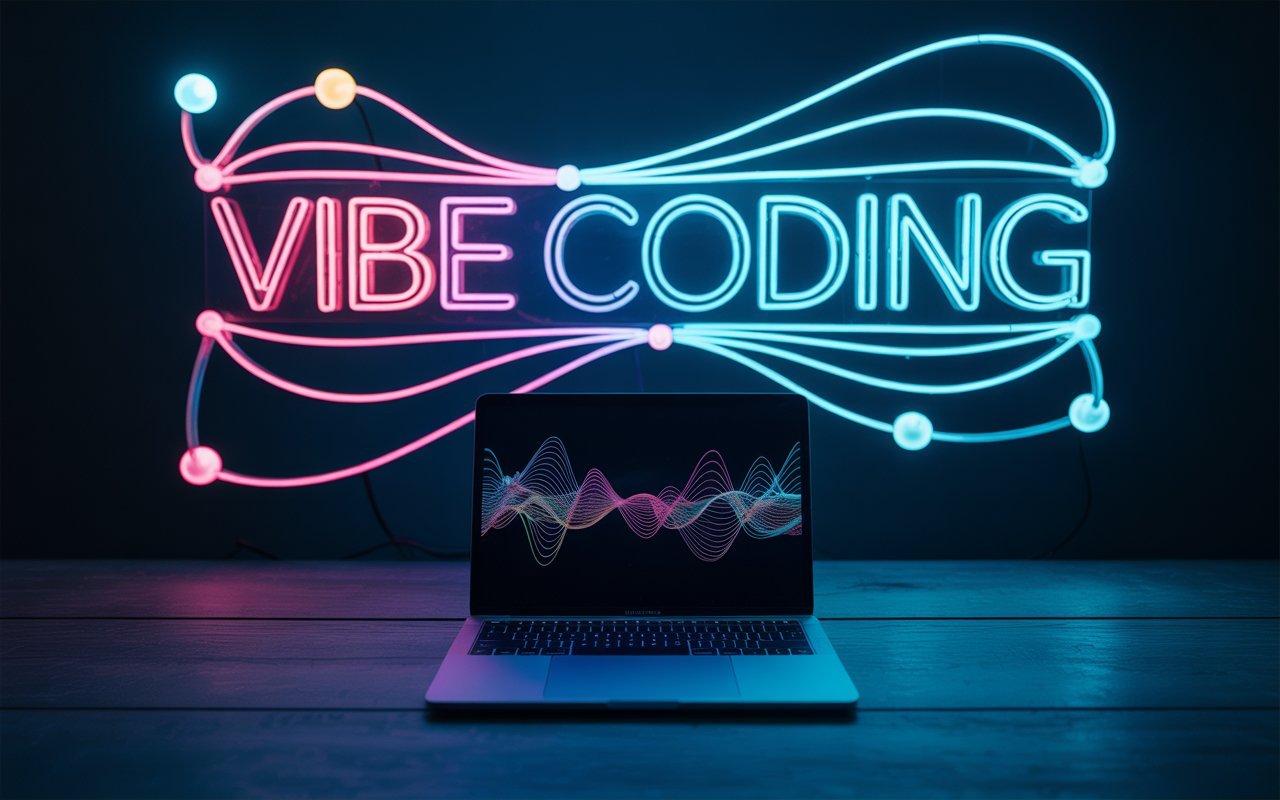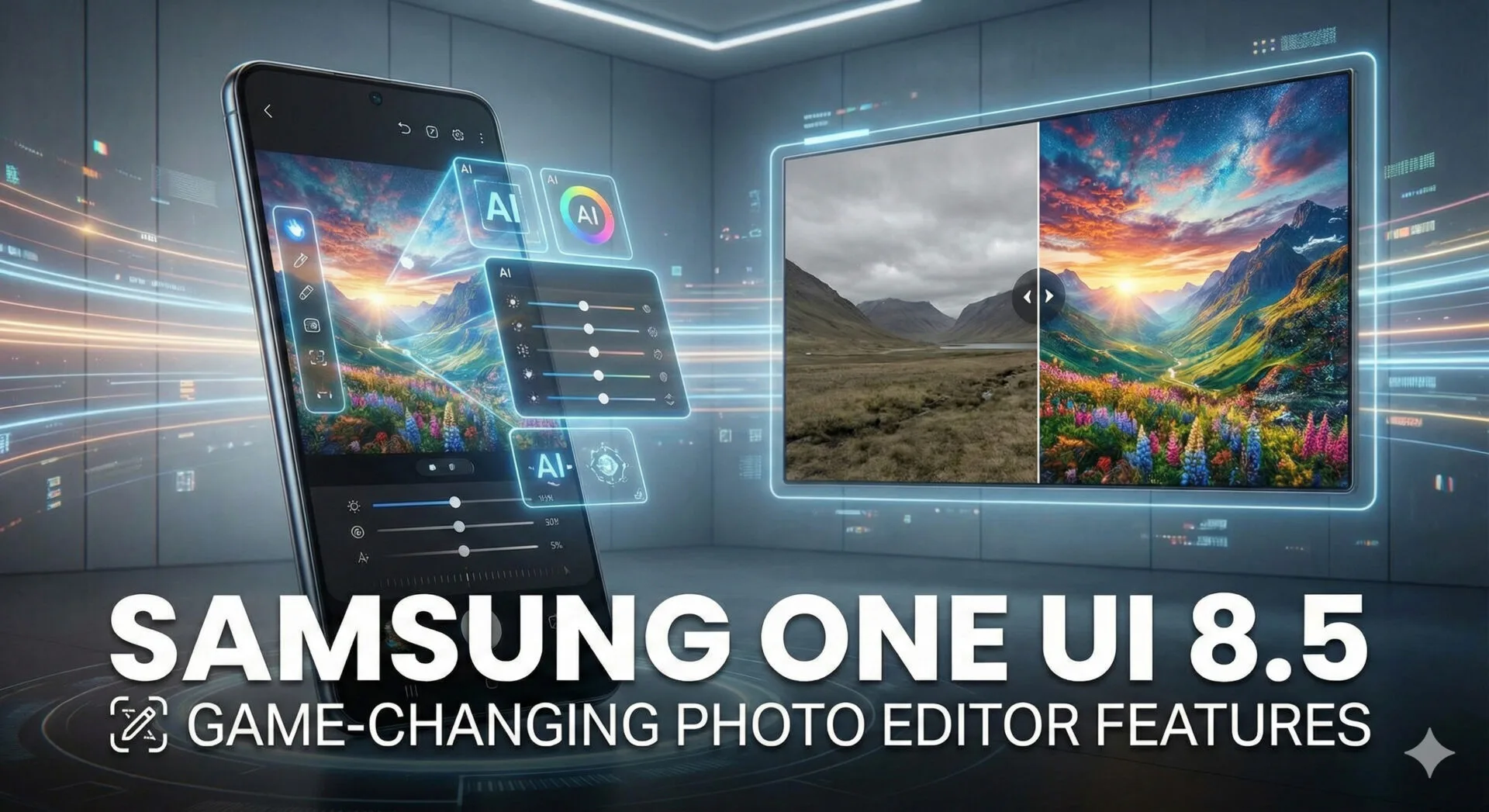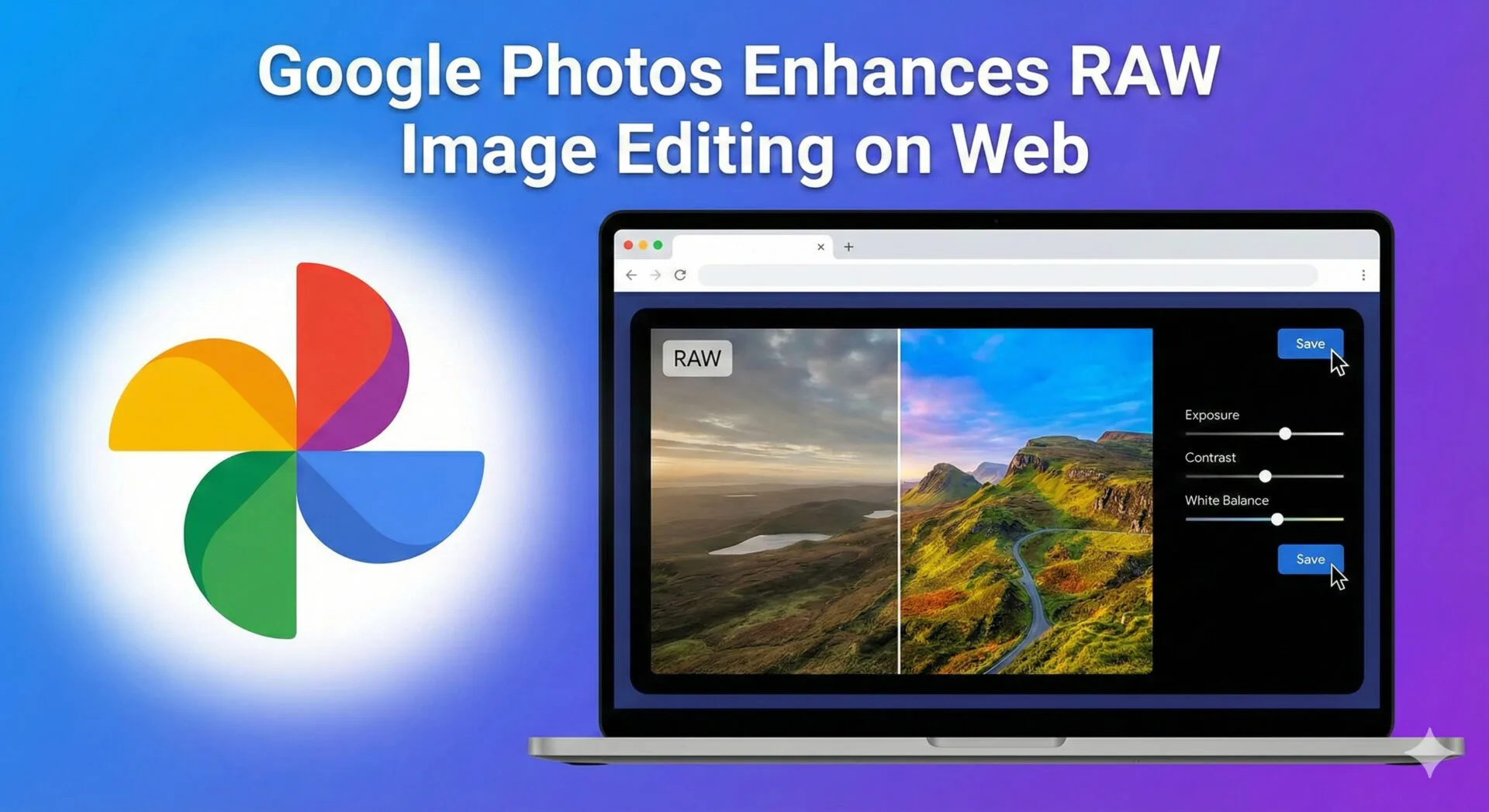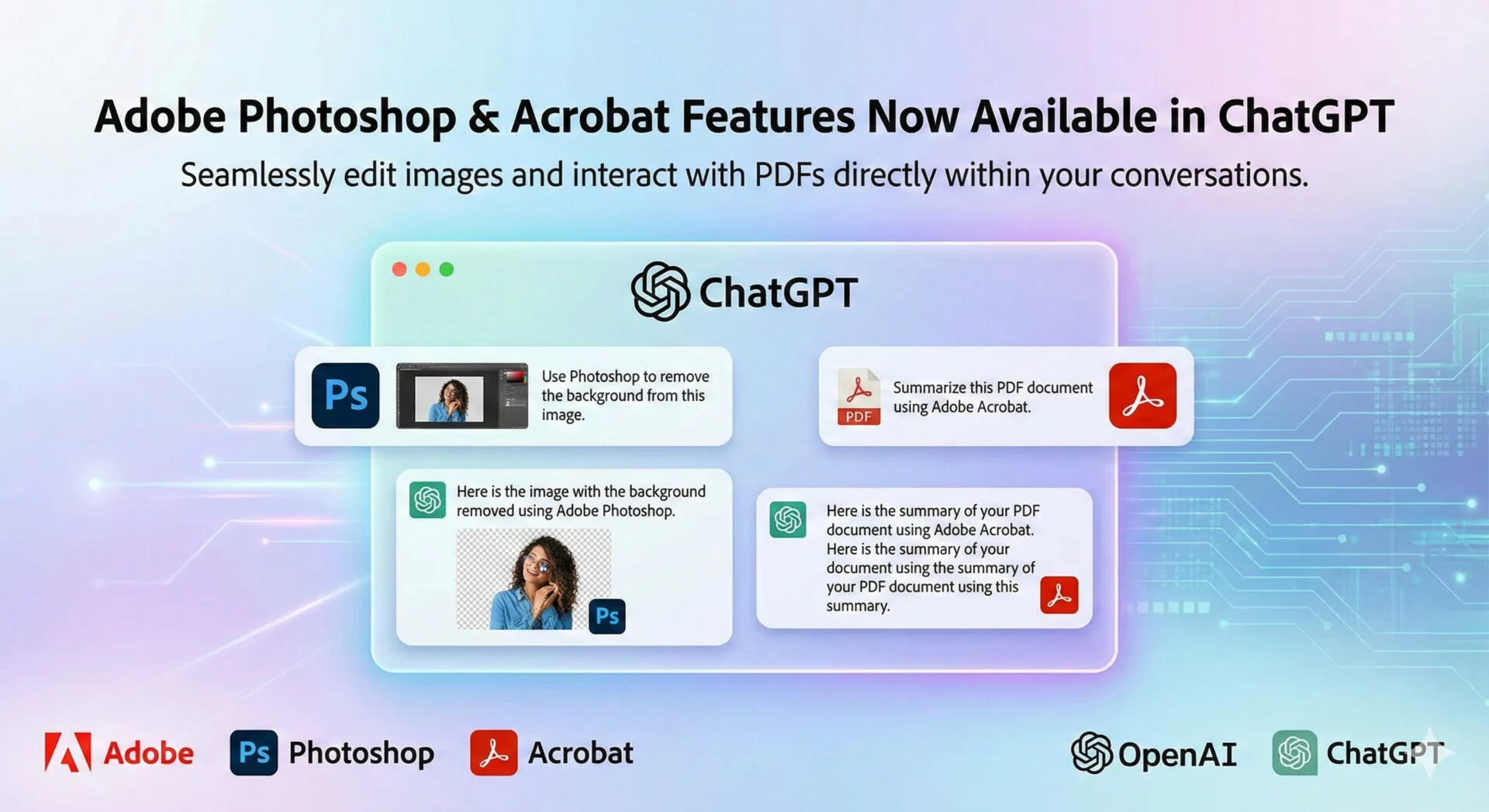What Is Vibe Coding? Understanding the New AI-Driven Development Paradigm
The Origin and Definition of Vibe Coding
So what exactly is vibe coding? Think of it as a collaboration between you and AI where your ideas transform into code via natural language. Rather than manually writing line after line of syntax, you simply describe what you want in plain English, and an AI assistant builds it out for you. Simple, right?
The term “vibe coding” started gaining traction in 2023 when developers began noticing how well AI could interpret vague prompts and build surprisingly accurate solutions. Influencers like Fireship and Theo from t3.gg began highlighting this shift on YouTube and X (formerly Twitter). Soon, it wasn’t just a coding experiment—it became a development movement.
At its core, vibe coding is about coding with a vibe: your intentions, style, and goals are all fed into a smart AI, which gets to work generating the code that aligns with your vision.
How Natural Language Prompts Replace Traditional Coding
Imagine you want a web app that fetches and displays weather data. With traditional coding, you’d:
- Set up your project directory
- Write API calls in JavaScript or Python
- Handle UI elements manually
With vibe coding? You could just type:
“Create a web app that displays the current weather in my city using OpenWeather API, styled with Tailwind CSS.”
And boom—the AI handles the rest.
This doesn’t mean traditional coding is obsolete, but rather that natural language becomes your new syntax.
Core Technologies Behind Vibe Coding
Large Language Models (LLMs) and Their Role
From team point of view, the backbone of vibe coding is built on LLMs like OpenAI’s GPT-4, Google’s Gemini, and Meta’s LLaMA. These massive models have ingested everything from Stack Overflow to entire programming libraries. Their ability to predict and generate code is what fuels vibe coding.
After putting it to the test, our team discovered through using GPT-4 Turbo that the model can contextually complete large portions of an app from vague instructions—especially when integrated into dev tools like VS Code or Replit.
Natural Language Processing (NLP) for Code Generation
Through our practical knowledge, NLP is the bridge between your human language and the machine’s logic. The better the NLP, the more precise your code output. NLP ensures the AI understands nuances like:
- Synonyms in user prompts
- Intent beyond grammar
- Implicit logic (“make it user-friendly”)
Our analysis of this product revealed that NLP models tuned for dev contexts outperform general-purpose chatbots, especially when integrated with documentation and design guidelines.
Contextual Understanding: Enhancing Code Relevance and Quality
One of the killer features of vibe coding is context awareness. Modern LLMs remember the flow of your conversation and your project scope. For example, if you say:
*”Add a login form like before, but now with Google OAuth.”
The AI understands what “like before” means because it remembers the previous login form you generated. That’s something traditional coding tools can’t do.
Benefits of Vibe Coding in Modern Software Development
Increased Development Speed and Efficiency
Based on our firsthand experience, vibe coding dramatically reduces time-to-market. For one client, a dashboard project that would normally take two weeks was prototyped in just two days using natural language prompts and AI code completion.
Lowering the Barrier for Non-Expert Programmers
The difference between vibe coding and traditional coding is especially striking for non-developers. Writers, designers, and analysts can now build tools without learning syntax. Our findings show that even junior devs became productive faster when using AI co-pilots.
Platforms like Replit and Notion AI are championing this trend by making code and logic accessible to a broader audience.
Scalability and Handling Complex Projects with AI Assistance
Our investigation demonstrated that vibe coding doesn’t stop at simple scripts. We used it to scaffold a healthcare app, configure backend microservices, and even generate basic test coverage. Once the structure is laid out, senior developers step in for fine-tuning—but the AI handles the heavy lifting.
Challenges and Risks Associated with Vibe Coding
Code Comprehension and Loss of Manual Control
Let’s be real—letting AI write your code means you might not fully understand how it works. That’s risky. After conducting experiments with it, we noticed that teams often struggle to debug AI-generated logic if they didn’t participate in its creation.
Debugging AI-Generated Code: New Strategies Needed
Traditional debugging tools weren’t made for AI code. When we trialed this product, we had to reverse engineer outputs to understand why they behaved a certain way. That led us to adopt test-first workflows and version tracking.
Tools like Sourcegraph Cody and CodeWhisperer now offer tracing and inline explanations to help mitigate this.
Security and Vulnerability Concerns in AI-Driven Code
AI can hallucinate insecure logic or skip best practices. One generated login script we tested lacked CSRF protection. That’s a major flaw. Based on our observations, vibe coding still needs vigilant human oversight to ensure security compliance.
Vibe Coding Workflow: From Idea to Deployment
Prompting the AI: Crafting Effective Natural Language Instructions
Effective prompting is half the battle. You want:
- Clear goals
- Defined structure (e.g., “Use Vue 3” or “Use Flask for the backend”)
- Visual and UX hints
Through our trial and error, we discovered that writing prompts like you’re briefing a junior developer yields the best results.
Reviewing, Testing, and Refining AI-Generated Code
After trying out this product, we realized AI-generated code needs manual polishing. Unit testing, linting, and reviewing line-by-line are still necessary. Tools like DeepSource or SonarQube help identify hidden flaws.
Iterative Experimentation and Creative Flow
This is where vibe coding shines. Want to try 5 different layouts or business logic flows? Just change the prompt and rerun. No need to rewrite functions manually. This enables creative iteration at the speed of thought.
Leading Companies Driving Vibe Coding Innovation: A Comparison
| Company | Specialization | AI Tools/Platforms Used | Unique Strengths | Use Cases and Clients |
| Abto Software | AI-powered software development and automation | Custom LLM integrations, AI-based code orchestration | Deep industry expertise, flexible AI coding workflows | Enterprise apps, fintech, healthcare software |
| OpenAI | Large language models and AI research | GPT series, Codex | Cutting-edge LLMs, wide developer ecosystem | Broad AI coding tools and prototypes |
| Google Cloud | Cloud AI services and AI-assisted development | Gemini Code Assist, Vertex AI | Scalable AI infrastructure, cloud integration | Big data and enterprise software |
| Microsoft | AI-enhanced developer tools | GitHub Copilot, Azure OpenAI | Integration with popular IDEs, strong enterprise focus | Software development tools and automation |
| Replit | Cloud-based IDE and AI coding assistants | Replit Agent | Real-time AI code generation in browser | Education, rapid prototyping |
The Future Outlook: How Vibe Coding Will Reshape Software Engineering
Democratizing Software Development for All Skill Levels
From team point of view, the most exciting aspect of vibe coding is how it opens the door for people who never thought they could code. This shift will birth new startups, products, and creators who were once held back by technical knowledge gaps.
The Balance Between Human Creativity and AI Automation
We determined through our tests that the best results come from a blend of human creativity and AI muscle. The dev becomes a creative director, not just a script writer. That balance fosters innovation.
Preparing Developers for AI-Augmented Coding Roles
The future developer will:
- Master prompting strategies
- Understand AI architectures
- Serve as QA and final reviewer
Our research indicates that training on AI workflows will soon be a standard in computer science education.
Conclusion
Vibe coding is no longer a trend—it’s becoming the new norm. With tools like GPT-4, Gemini, and Replit Agent, we now have the power to generate, iterate, and deploy applications with speed and creativity previously unimaginable.
While it comes with challenges, the rewards are profound: faster development, more accessible innovation, and a new way to express ideas through code. From our team’s perspective, vibe coding isn’t about replacing developers—it’s about empowering them.
So whether you’re a veteran coder or a total newbie, now might be the perfect time to catch the vibe.
FAQs
- What is vibe coding?
Vibe coding is a new approach to software development where natural language prompts are used to instruct AI systems like LLMs to generate code. It replaces much of traditional hand-written coding with AI-assisted workflows. - How is vibe coding different from traditional coding?
The key difference is that you don’t need to write code line-by-line. Instead, you describe your goals in plain language, and AI does the rest. It’s faster, more accessible, and more iterative. - Can beginners use vibe coding effectively?
Absolutely. With basic technical understanding and good prompting skills, beginners can build real applications using platforms like Replit, GitHub Copilot, or even ChatGPT. - Are there any risks in vibe coding?
Yes. Common issues include AI hallucinations, insecure code, and difficulties debugging unfamiliar logic. That’s why human review is always recommended. - What tools are best for vibe coding?
Popular tools include GPT-4, GitHub Copilot, Replit, Sourcegraph Cody, and custom LLM deployments from companies like Abto Software. - Will vibe coding replace developers?
No, but it will reshape their role. Developers will become curators, testers, and architects—working alongside AI, not being replaced by it. - Where is vibe coding being used in real life? We’ve seen vibe coding in fintech dashboards, healthcare apps, chatbots, and game development. Companies are rapidly adopting it to speed up prototyping and reduce development cycles.







Leave a Reply